具有结肠镜检查的指南

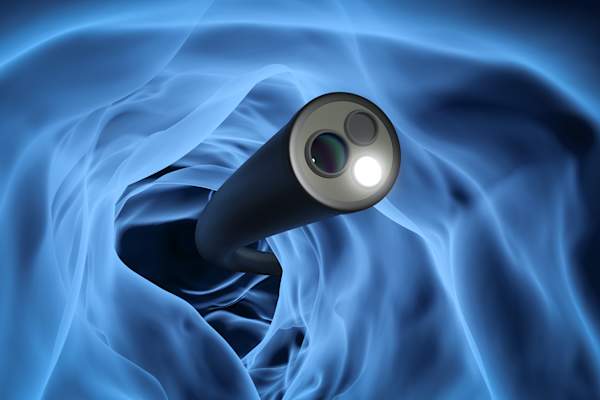
Let’s be honest: No one looks forward to getting a colonoscopy. From the dreaded bowel prep to the procedure itself, the whole process can honestly be kind of unpleasant. But it’s critically important that you don’t avoid this screening test. Colorectal cancer is the second leading cause of cancer deaths in the U.S., according to the National Cancer Institute (NCI), and research overwhelmingly shows that colonoscopy can prevent those deaths. Here’s what to expect—and how to get through it.
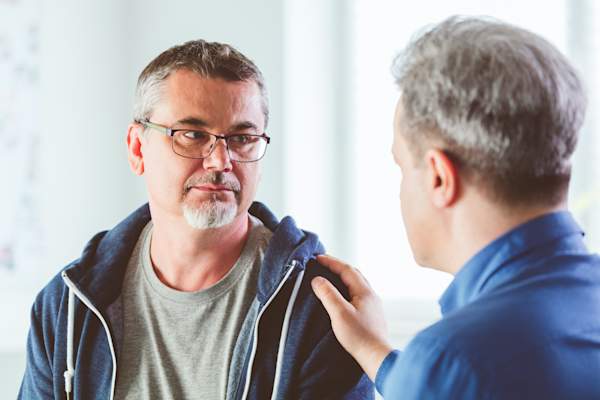
谁应该被筛选?
The American Cancer Society and the U.S. Preventive Services Task Force have lowered the recommended starting age for colonoscopy to 45 for those at average risk. Yes, there are seemingly easier at-home tests you can do if you can tolerate handling your own stool, but a colonoscopy is the gold standard. “Stool tests can produce false positives, which can lead to high anxiety,” says Jeffery Nelson, M.D., surgical director of the Center for Inflammatory Bowel and Colorectal Diseases at Mercy Medical Center in Baltimore. Then you’ll need a colonoscopy anyway to find out what’s going on.
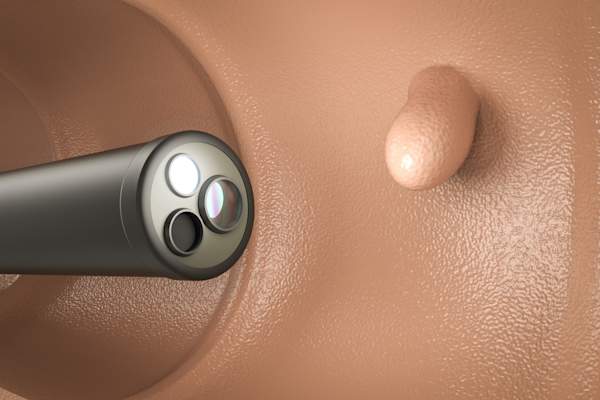
结肠镜检查是什么,到底是什么?
结肠镜检查是一种可视化检查,以检测结肠和直肠的变化或异常。“All colon cancer starts as polyps, which are small overgrowths of tissue that can turn to cancer,” says David Rivadeneira, M.D., director of colorectal surgery at Huntington Hospital and professor of surgery at Hofstra University Northwell Health School of Medicine, both on Long Island, NY. If your doctor finds polyps, they can be removed right then and there. That’s another reason why a colonoscopy is the preferred screening method—it prevents cancer, too.
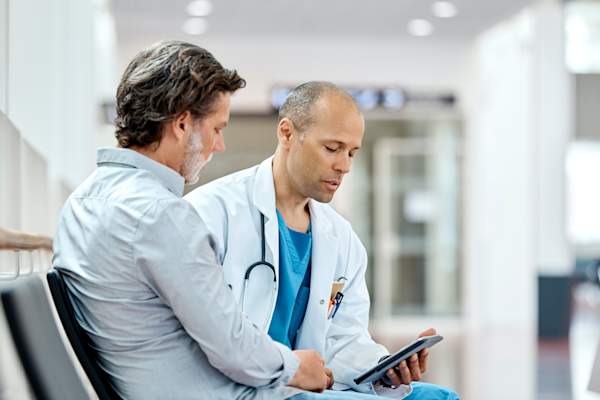
Follow Your Doctor’s Instructions Carefully
The key to a successful colonoscopy is also usually the hardest part for patients: thoroughly cleaning your bowel so your doc can view your colon clearly. “The most common mistake is not taking time to understand the instructions on when to avoid food and how to drink the bowel preparation,” says Samir Gupta, M.D., a gastroenterologist with Moores Cancer Center at University of California San Diego Health. “A bad prep can prevent the doctor from seeing something important and can lead to having a repeat procedure,” he says. Trust us: You don’t want a do-over.

准备,步骤1
There are two parts to prepping: cleansing your digestive system and following a clear liquid diet. Bowel cleansers can be in liquid, powder, and pill form. One of the most common is polyethylene glycol (MiraLAX is one brand), which comes as a liquid or as a powder you mix with a clear beverage. Pills might seem more appealing, but they’re pretty large, and you need to take 20 to 30 of them. Some prep formulas require a prescription; others are over-the-counter. Keep in mind that insurance companies can be restrictive about what preps they cover.
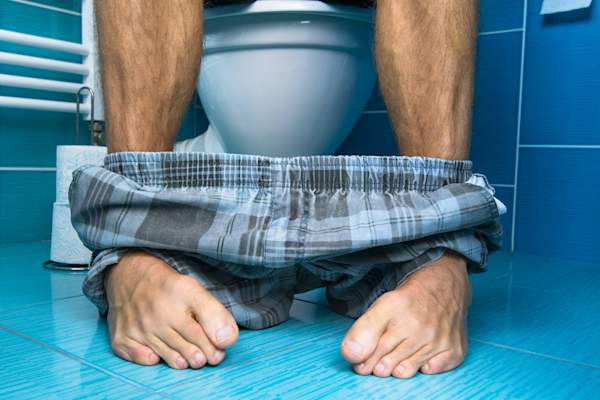
肠道准备提示
Your doctor will likely prescribe a split dose: You take the first half the afternoon or evening prior to your colonoscopy and the rest about five hours before. To help the solution go down, chill it and use a straw to deposit it toward the back of your mouth, Dr. Rivadeneira suggests. (Most of your taste buds are on the front of your tongue.) Important: Stay pretty close to your bathroom. “People don’t like this part, but it’s a fairly minor thing to get through to avoid cancer,” Dr. Rivadeneira points out.

准备,第2步
在结肠镜检查前一天,您需要遵循清晰的液体食物的饮食。包括透明肉汤;果汁(无纸浆);运动饮料和碳酸饮料;茶和咖啡(没有牛奶或奶油);明胶;和普通冰孔或水果冰(没有果片或奶油)。对不起:虽然它确实是一个清晰的液体,但你的晚上霞多丽是不行的!酒精脱水面。避免食物着色或染料,特别是红色和紫色也很重要,这在结肠镜检查期间可以看起来像血液。
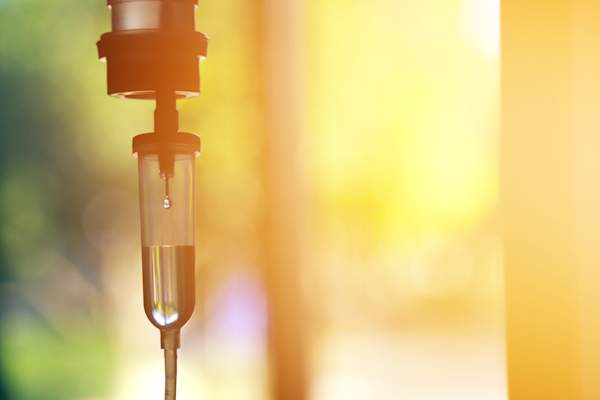
The Day of Your Colonoscopy
Rivadeneira博士说:“当您有多种肠道运动时,您会知道您已准备好,为您的液体和相当清晰的液体和浅棕色 - 而且没有固体凳子,”Rivadeneira博士说。当您到达外科中心或医生办公室时(预定测试前几个小时),护士或技术人员将开始液体和药物的IV。IV镇静是非常安全的。你会自己呼吸,你不会经历痛苦或不适,求和! - 你可能不会记住发生了什么。
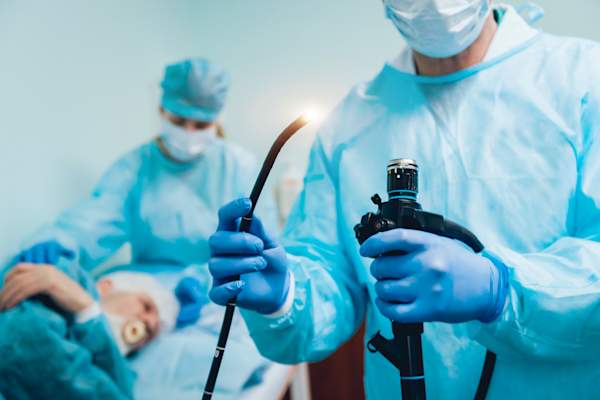
结肠镜检查程序
毕竟引入后,结肠镜检查本身只需要10到15分钟!一旦镇静,你就会躺在你身边,你的医生会用一个小相机插入你的肛门的范围(关于你的手指的大小)。她会把空气和水或盐水放入你的冒号中充气并让它更容易看清楚。然后她将推动到冒号的开始(Cecum),并慢慢撤回它,检查屏幕上的冒号墙上的所有角落和缝隙,寻找息肉或异常。

What Else to Expect
如果您有息肉,您的医生可能会在结肠镜检查期间删除它们,并将其送到病理学家将检查癌症症状的实验室。(大多数息肉都是无害的)。Gupta博士说,医生还可以进行用于测试的组织样本的活检 - 去除组织样品 - 如果有一个比息肉大的可疑区域。手术后,您可能会遇到一些膨胀或痉挛,这是正常的。安排有人以后让你回家,因为你会从镇静中徘徊。
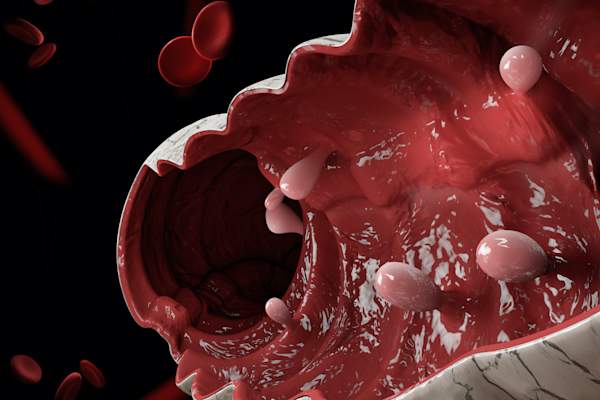
Risks of Colonoscopy
A colonoscopy is safe for the vast majority of patients, but it is invasive, so there are some risks. The biggest potential complication is a perforation of the colon wall—in other words, a hole poked through the colon. Fortunately, perforations occur in less than 1% of procedures. Removing polyps or taking a biopsy of abnormal tissue may cause some bleeding, but this is also uncommon, according to Dr. Rivadeneira. The risk of infection is very low, as well.
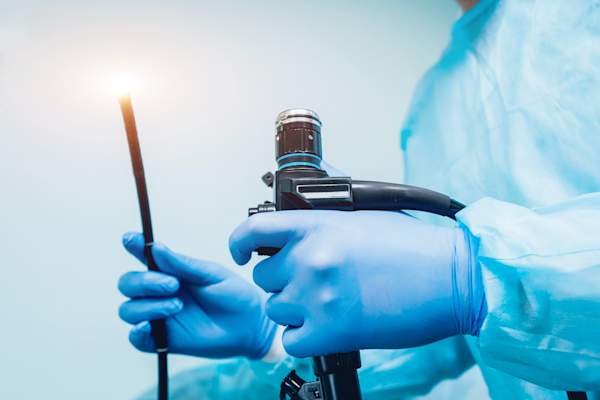
Don’t Wait if You Have Symptoms
Screening guidelines are just that—guidelines. You know your body. If you have symptoms, such as rectal bleeding, blood in your stool, or a change in your bowel habits, don’t wait until your scheduled screening. Your symptoms are probably not due to cancer, but it’s best to find out for sure, so see your doctor promptly. If you do have cancer, finding it early increases the likelihood you can treat it successfully.
- Colon Cancer Statistics:National Cancer Institute. (2020). “Cancer Stat Facts: Colorectal Cancer.”seer.cancer.gov/statfacts/html/colorect.html
- 结肠镜检查效果:新英格兰医学杂志。(2012)。“结肠镜综合切除术和长期预防结肠直肠癌死亡。”pubmed.ncbi.nlm.nih.gov/22356322/
- Importance of Bowel Prep:American Society for Gastrointestinal Endoscopy. (2011). “Polyp Miss Rates High for Colonoscopies Done After Poor Bowel Preparation.”sciencedaily.com/releases/2011/06/110613162234.htm
- 结肠镜检查风险:World Journal of Gastroenterology。(2010.) “Colonoscopic Perforation: Incidence, Risk Factors, Management and Outcome.”ncbi.nlm.nih.gov/pmc/articles/PMC2811793/
